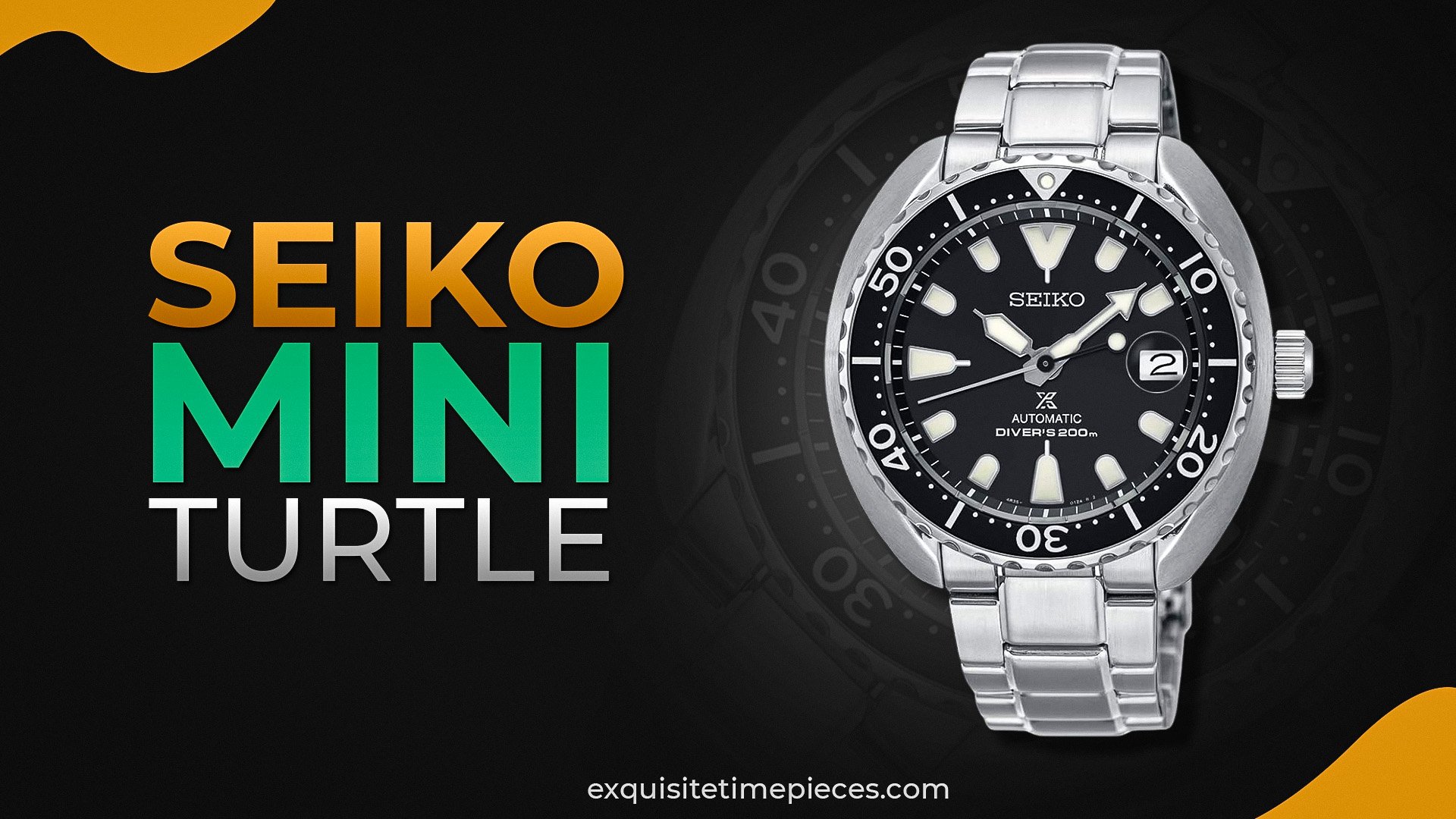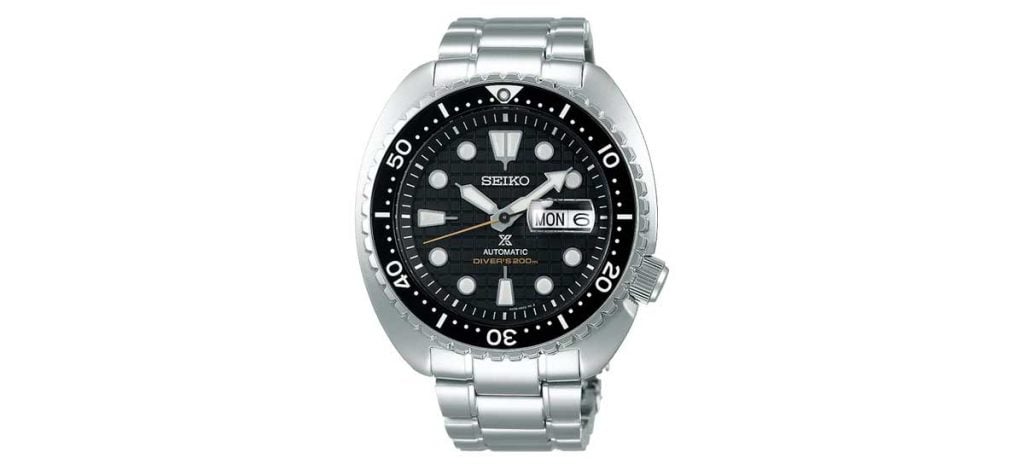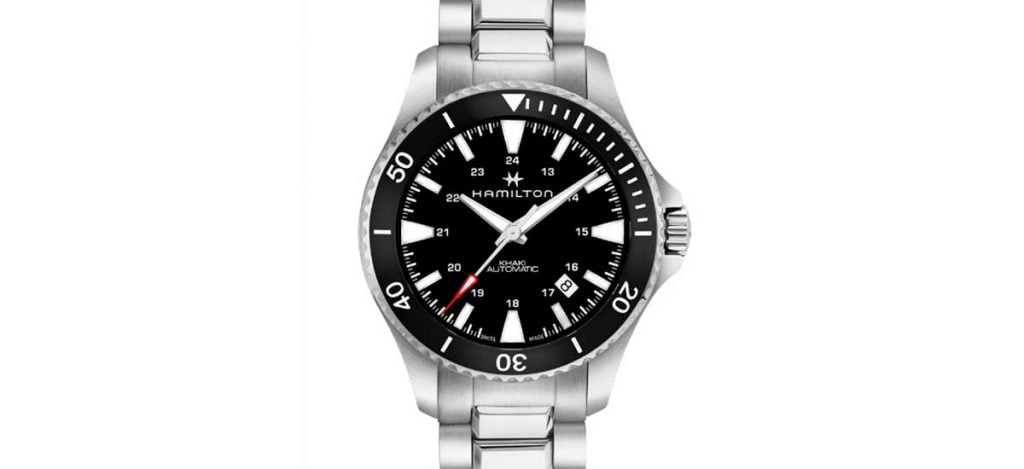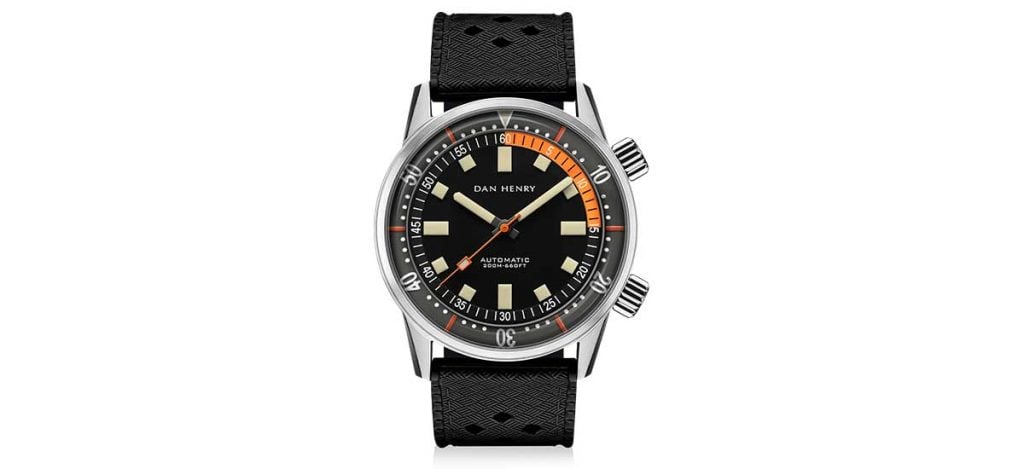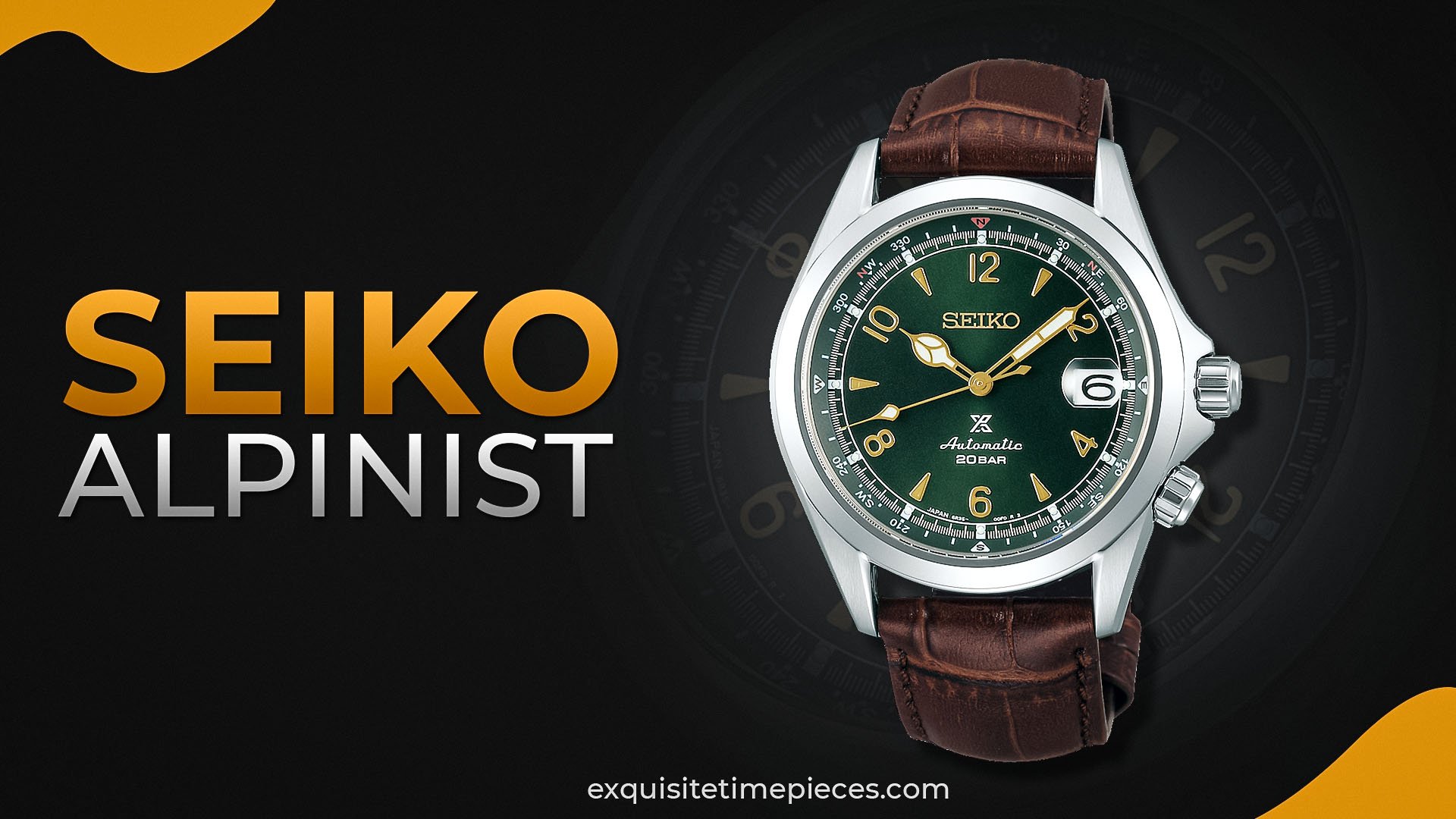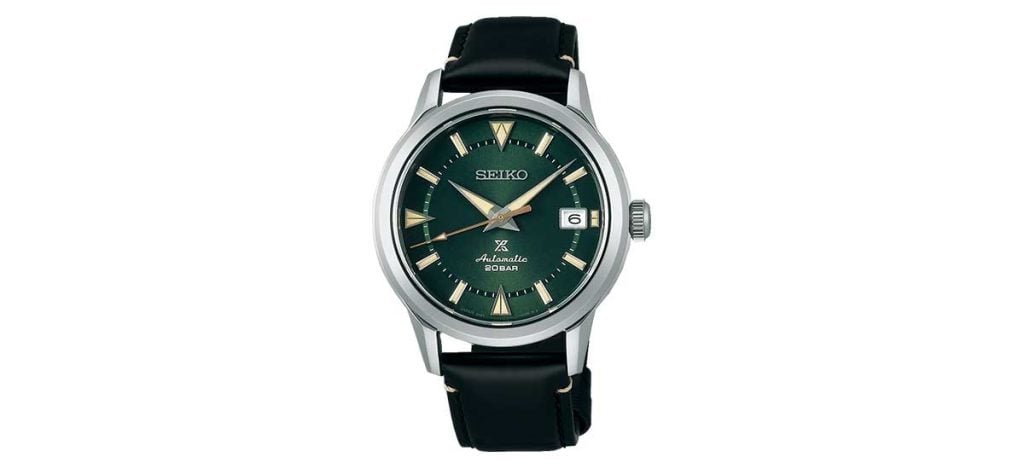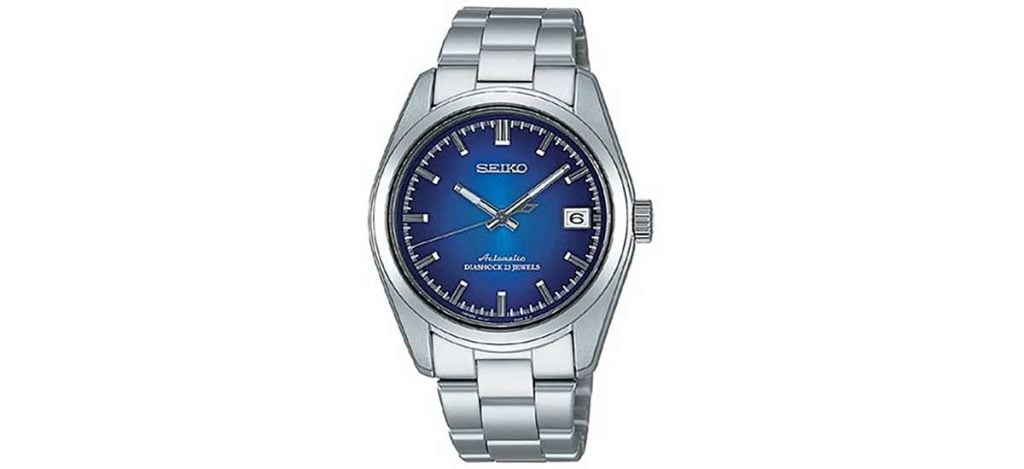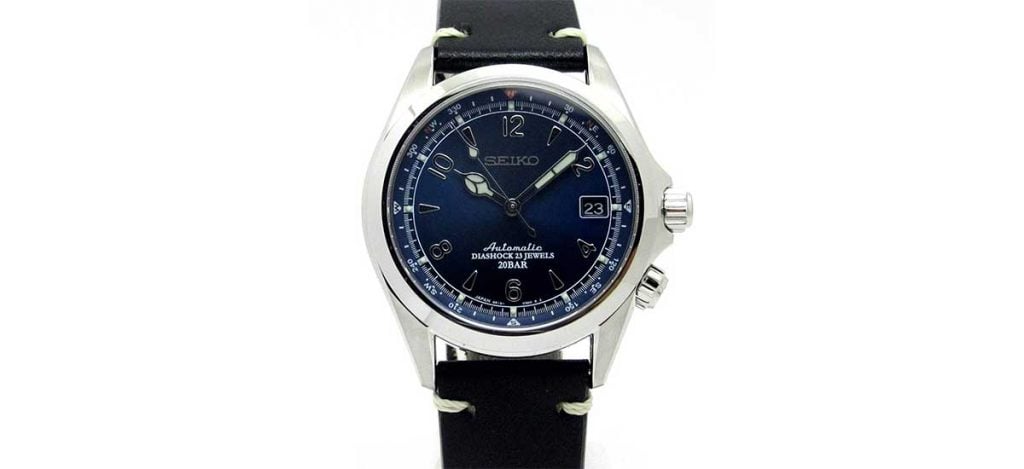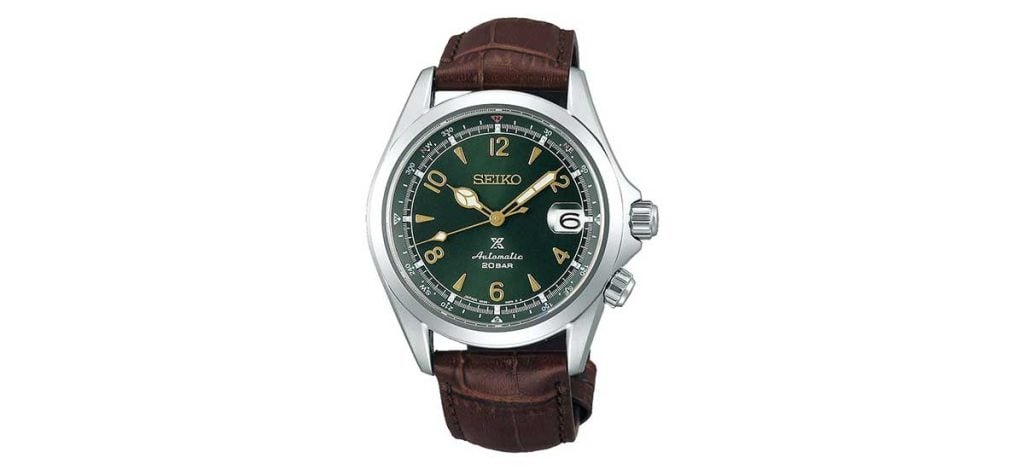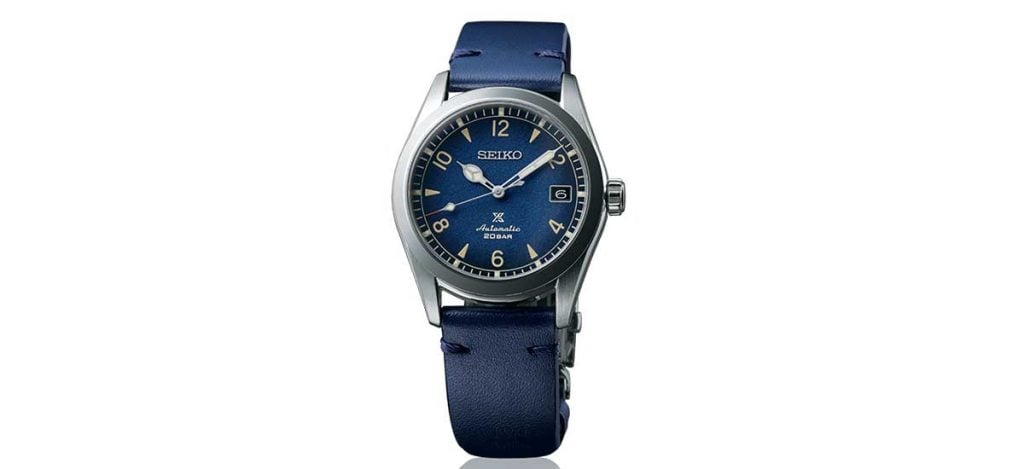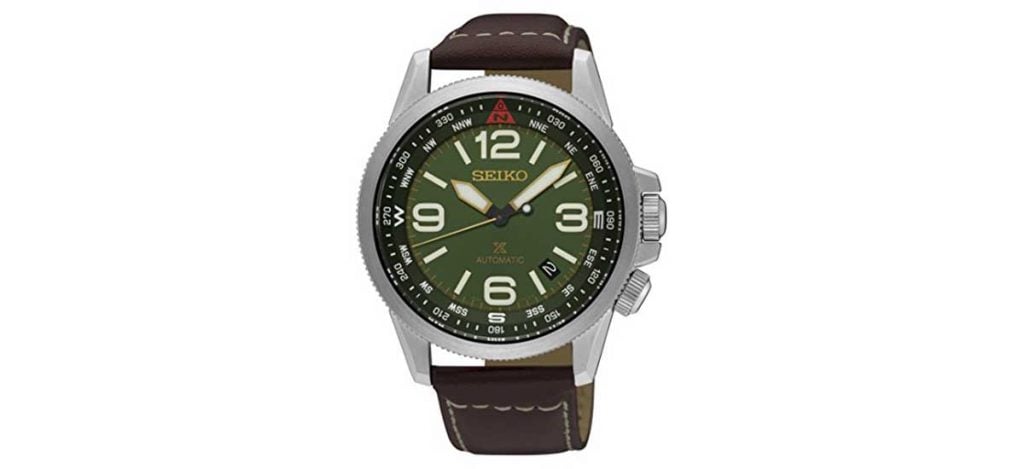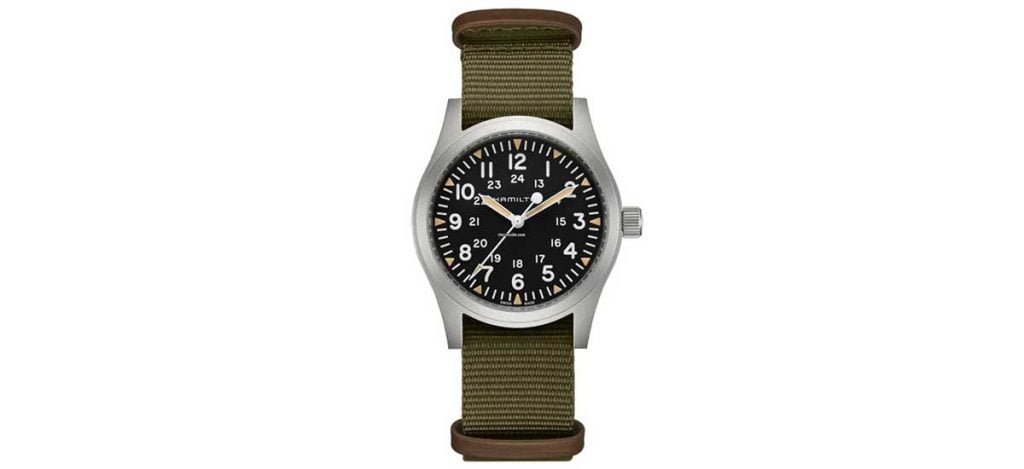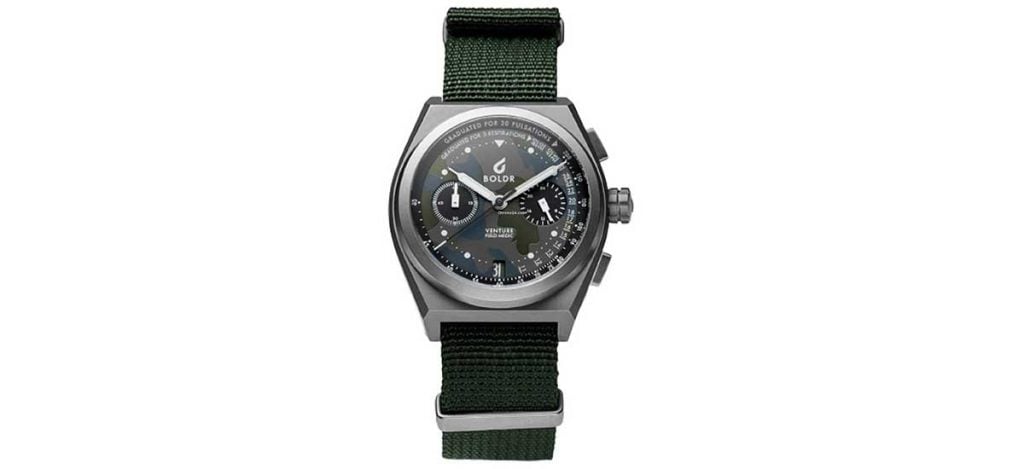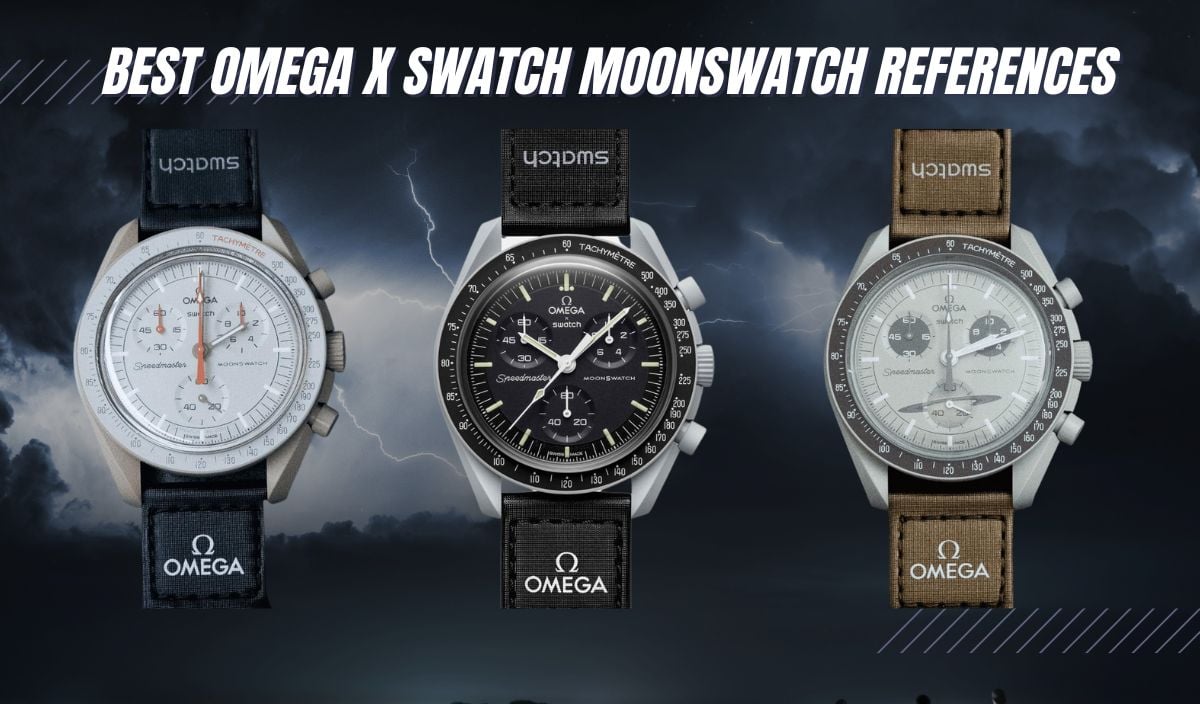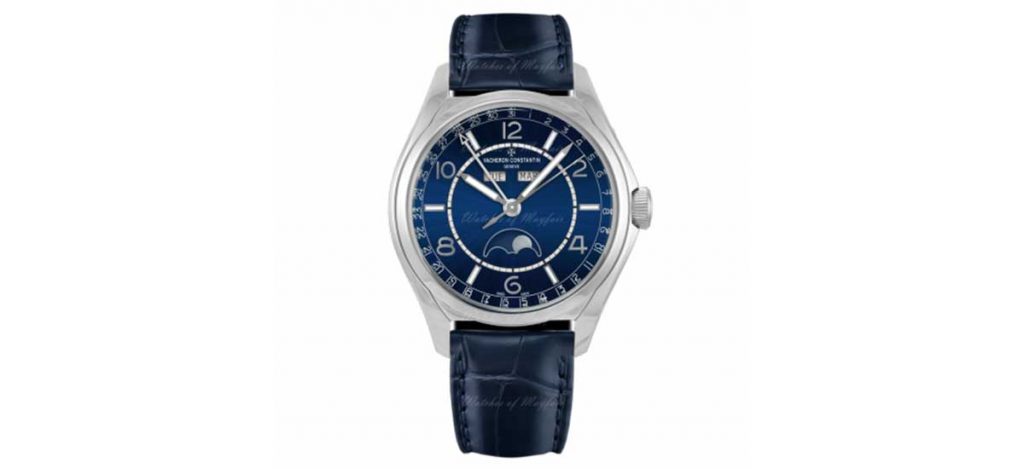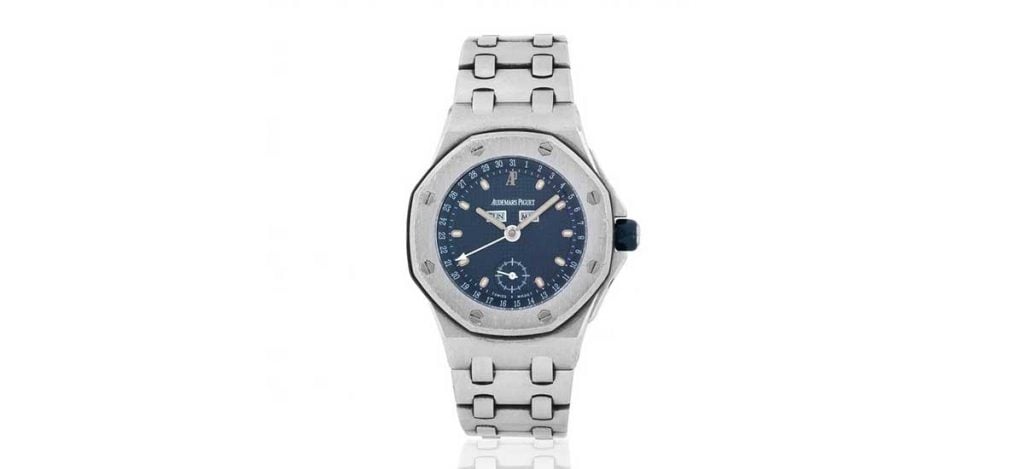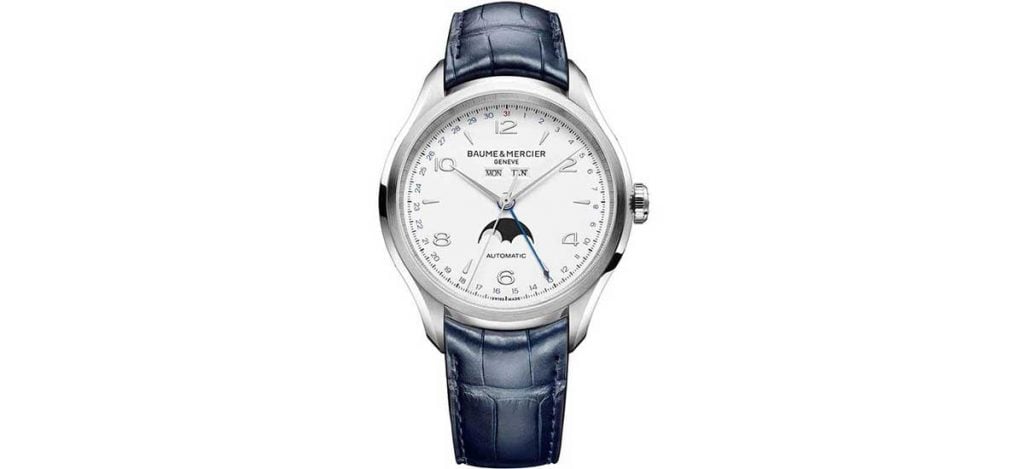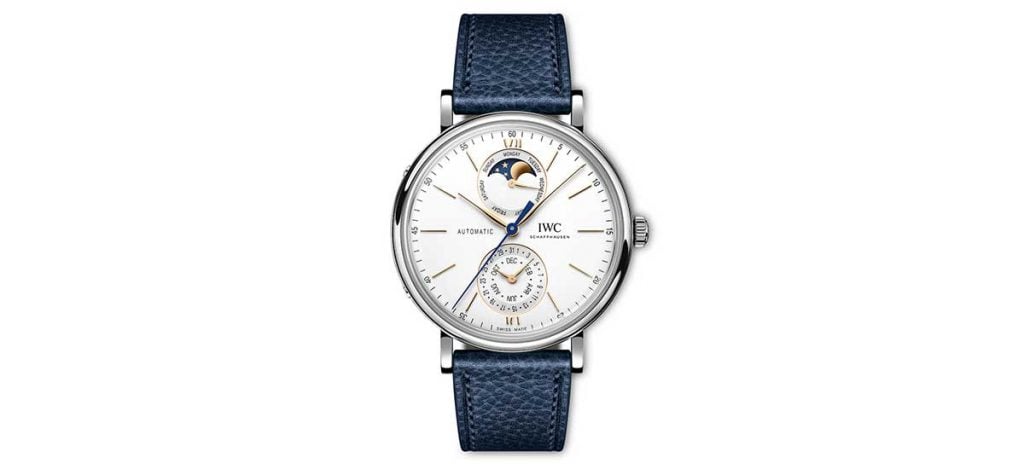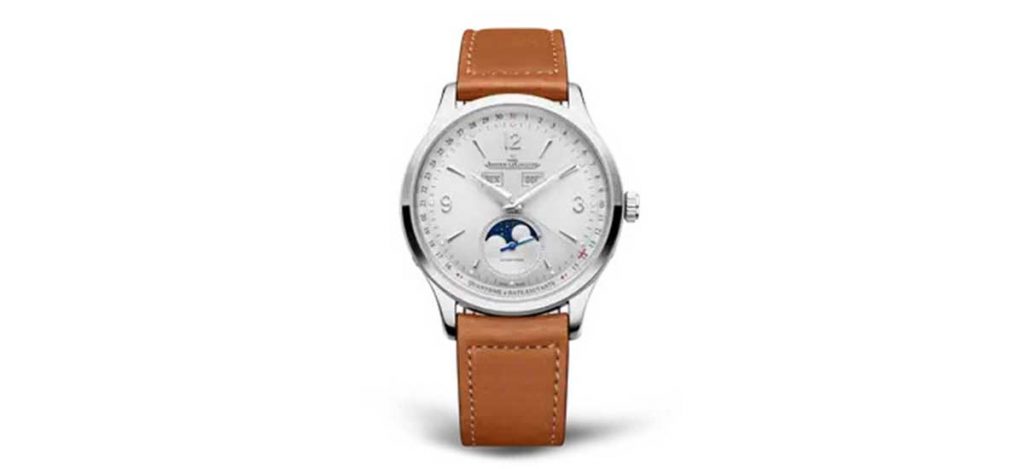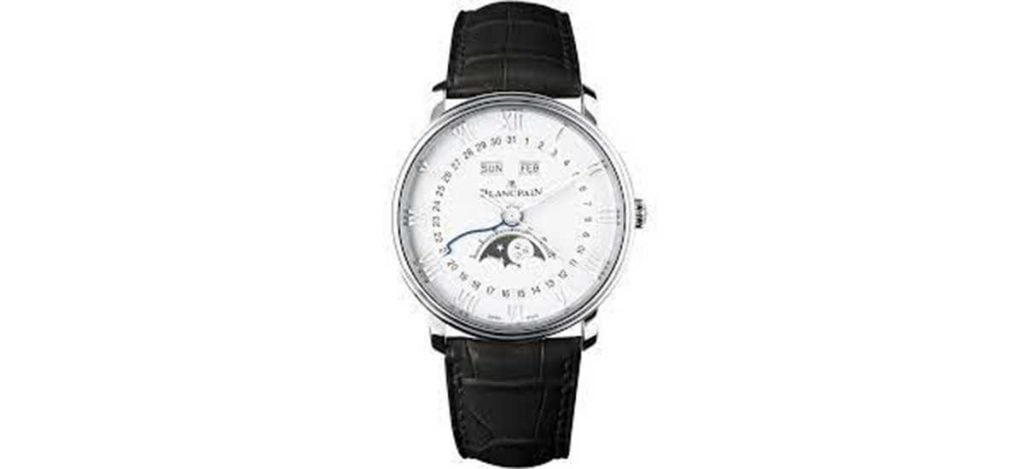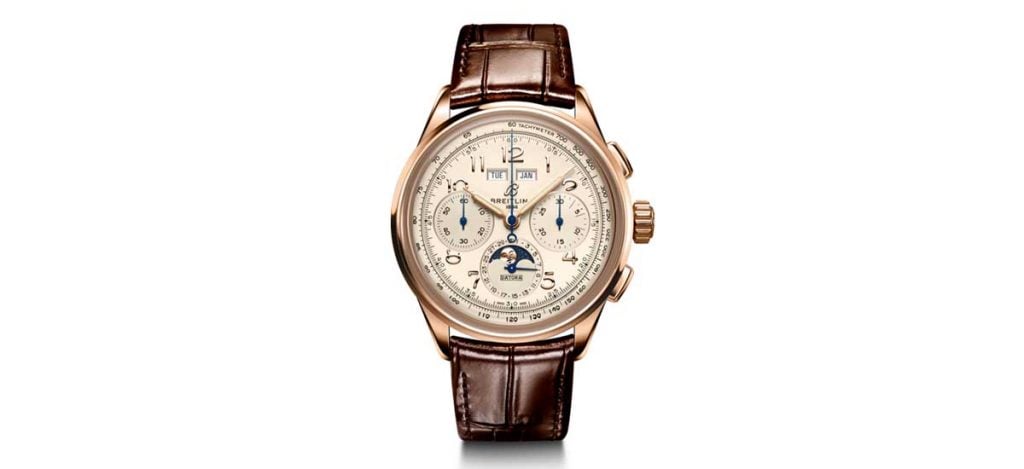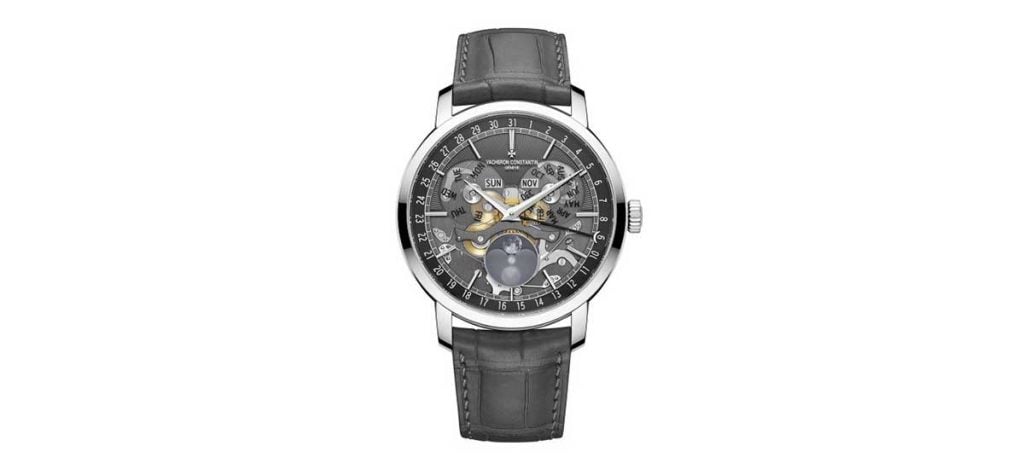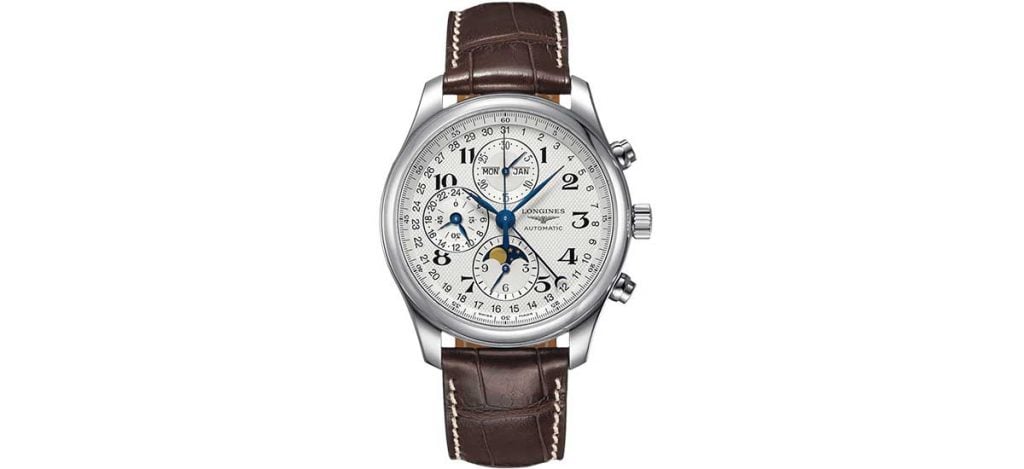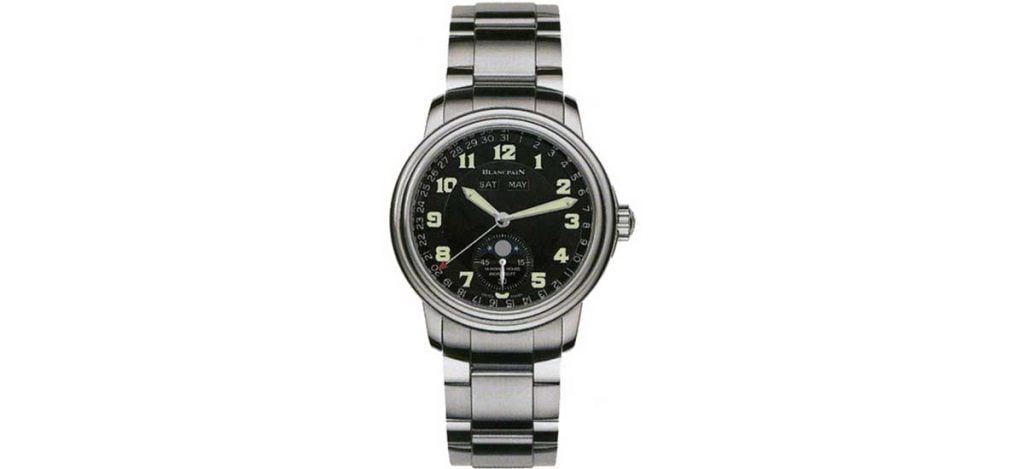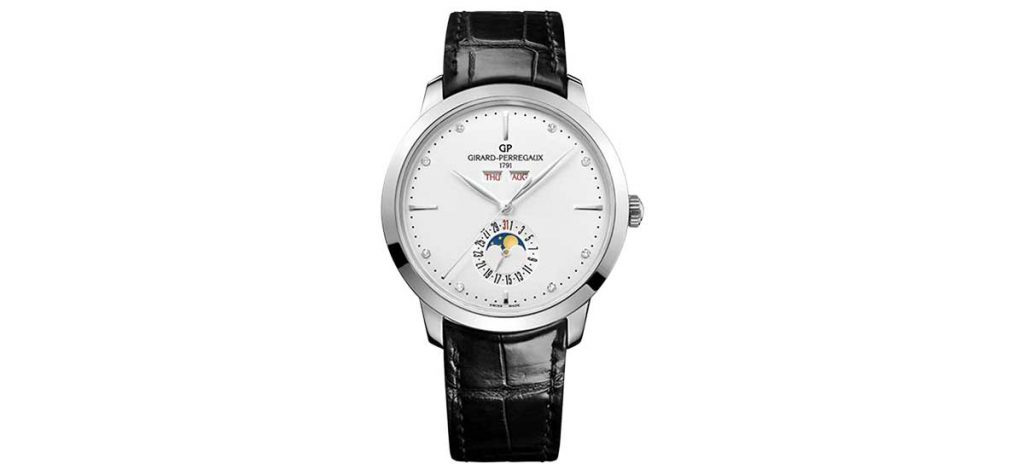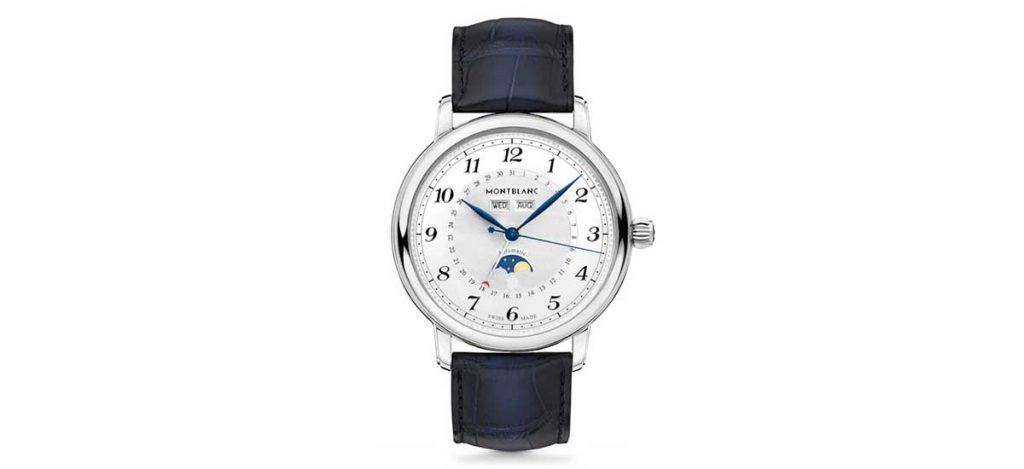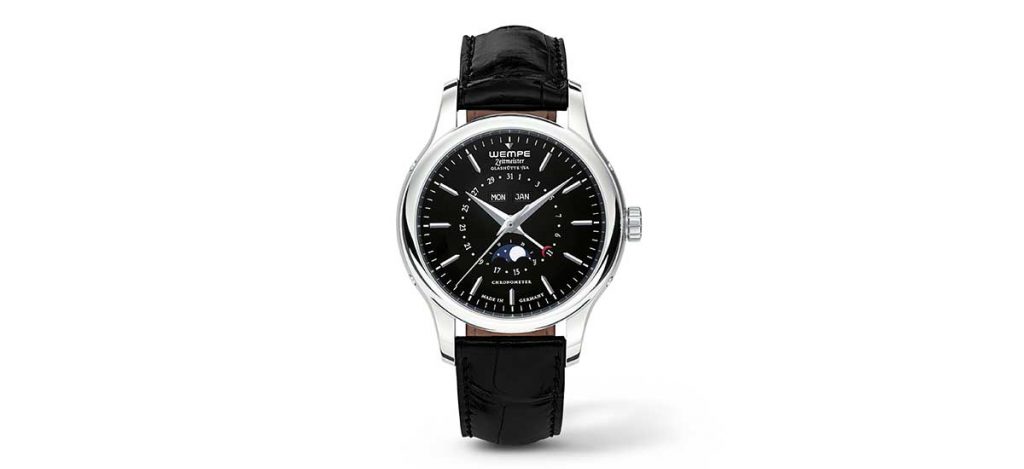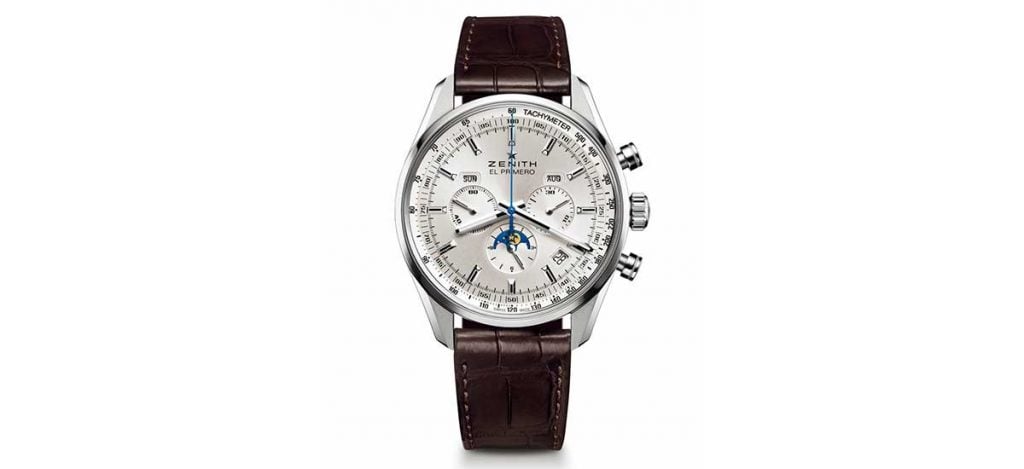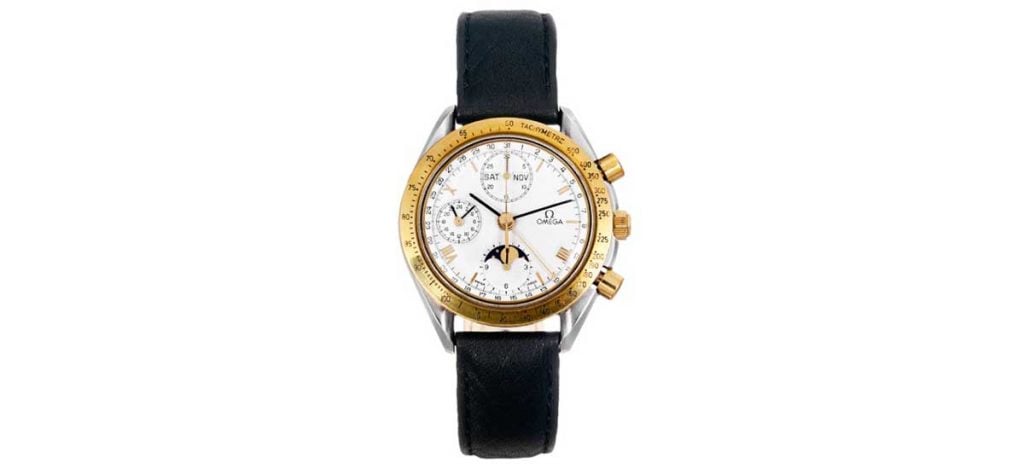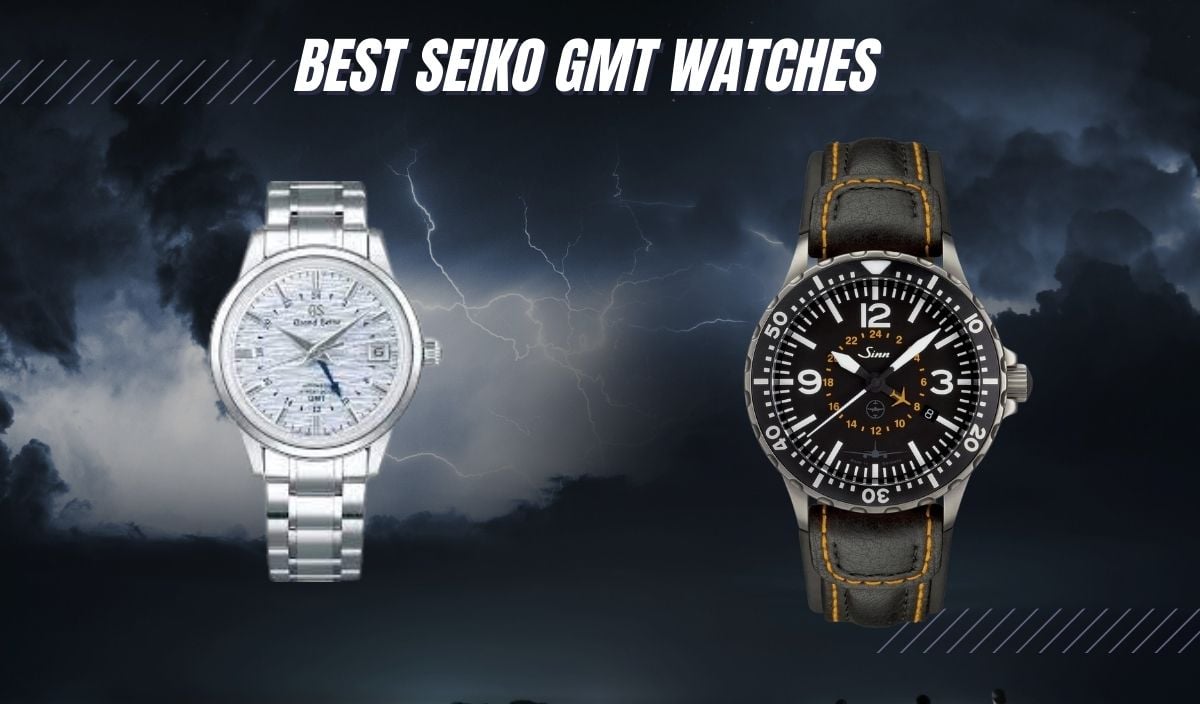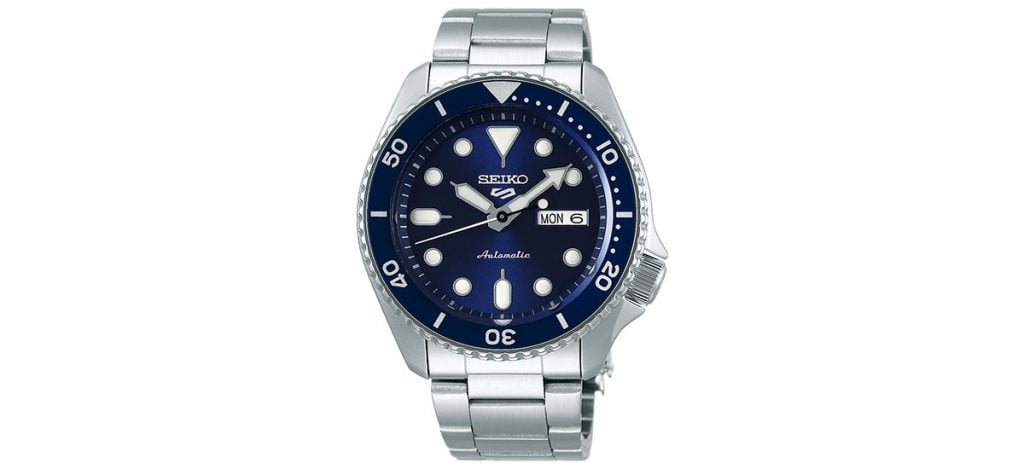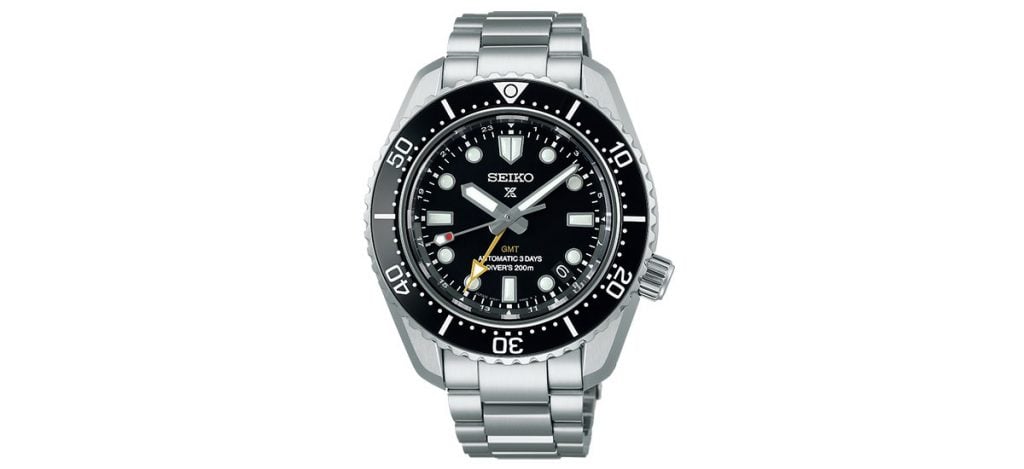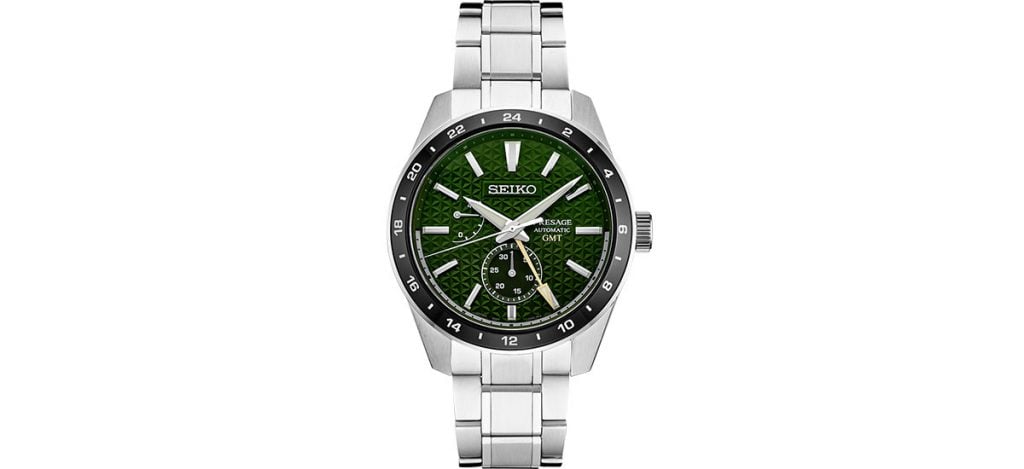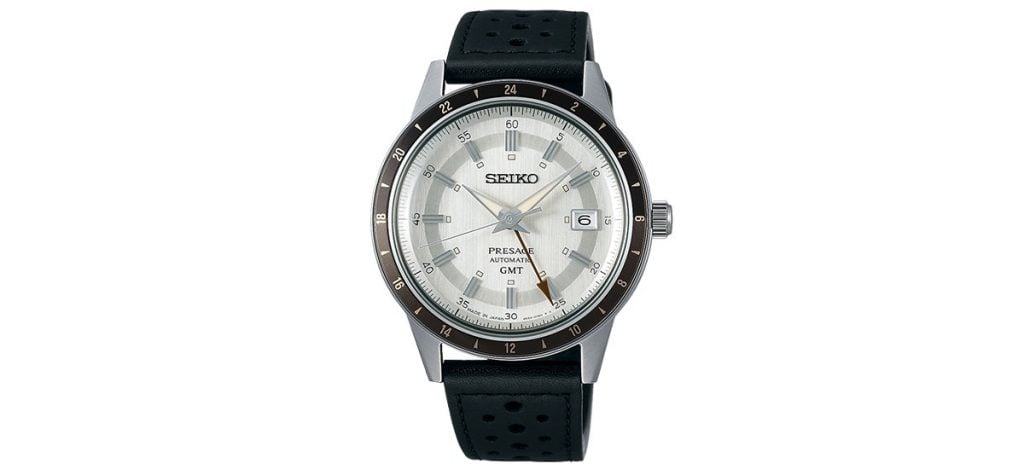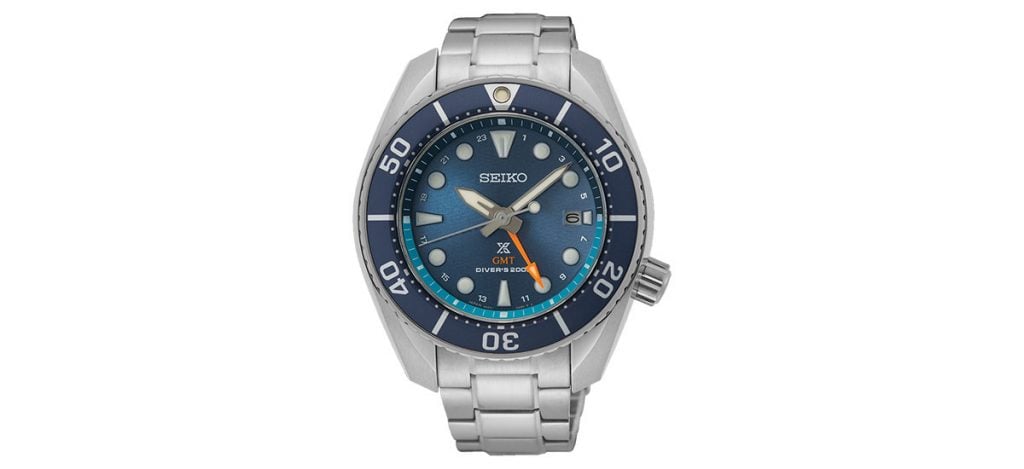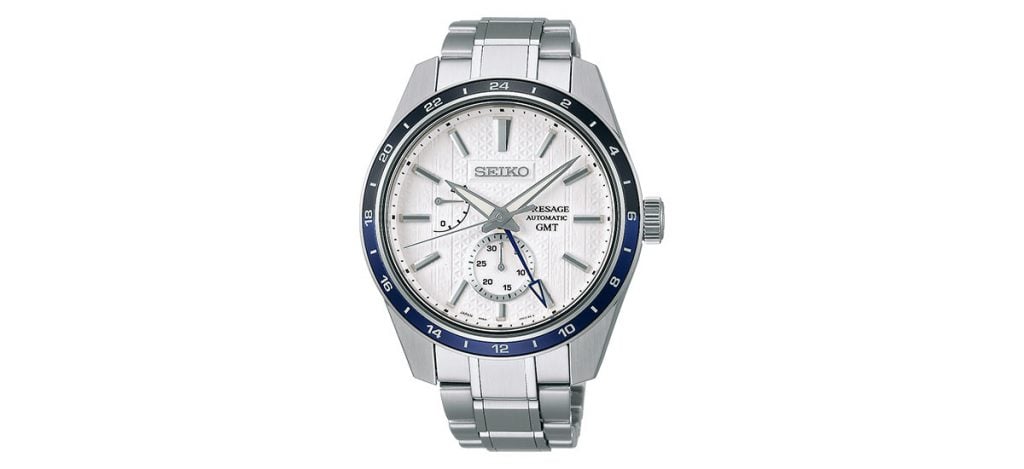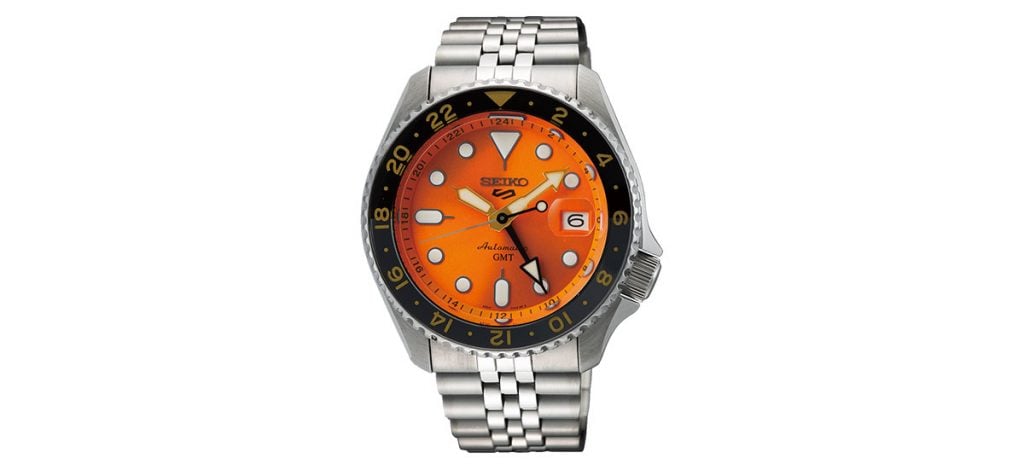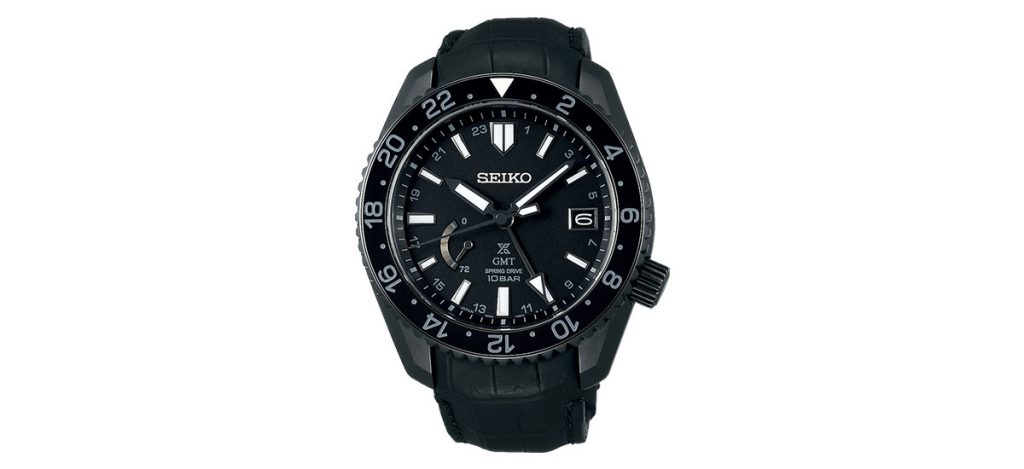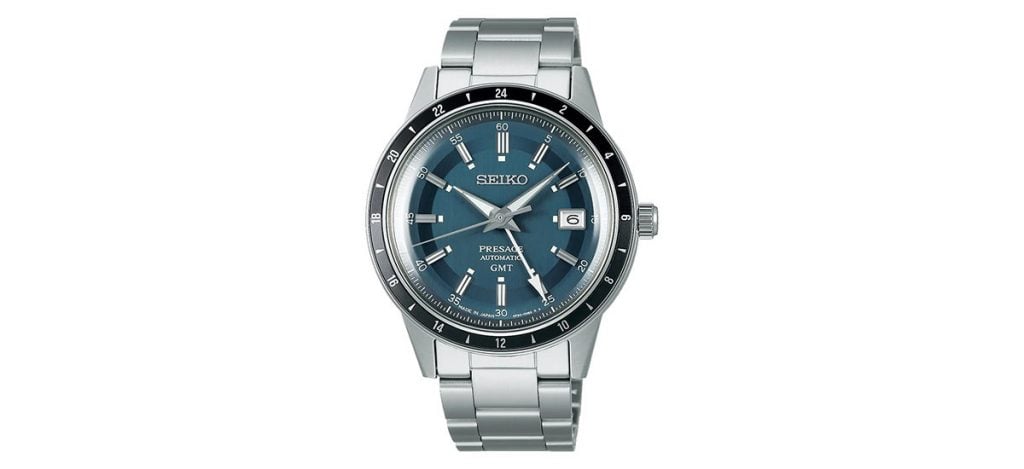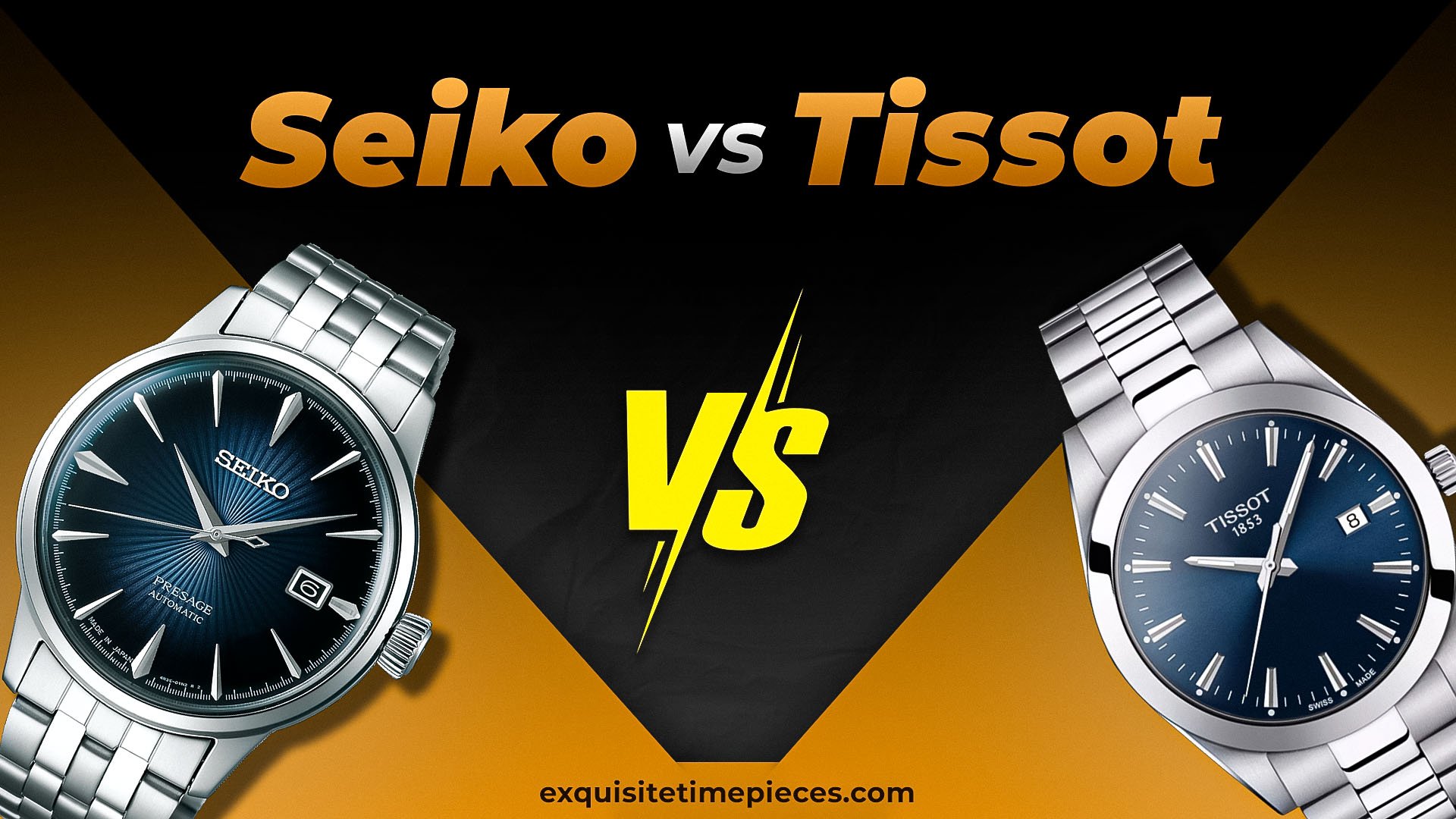
For a long time, Swiss watches have been counted as one of the top watches on the planet that evoke luxury, quality, and an unmatched history of craftsmanship, but with Japan bringing on watches that have become synonymous with toughness and style, advice is often sought after by design enthusiasts who need help when choosing between top brands like Seiko and Tissot.
Wondering about what is special about Tissot and Seiko that put them head to head in this battle of the watches? Notable inventions!! So for the many people trying to decide which to go for between the Seiko and Tissot, this comparison will offer you information that will give you a clearer view and make your decision process easy.
Is Seiko better or Tissot
Both Tissot and Seiko are brands that are celebrated for their precision and provision of decent quality watches over the years.
It is not surprising that both of them produce watches that are tough enough and essential enough to be considered first-line gear and the passion for pushing boundaries in both brands has distinguished them as top-tier watchmakers today.
Movements & Quality
From old-school mechanical calibers to GPS-enabled solar-powered quartz units, both brands come through hundreds of years of innovations and quality developments. Seiko, which started as far back in 1891 as Seikosha, was established eleven years after its founder, Kintaro began the repairs of watches and clocks in Tokyo.
It began producing its first watch for scuba divers in 1965 and manufactured one of the first quartz watches with a chronograph complication. Since then, new calibers have continually been introduced so that the brand has grown rapidly and has now become a selection of iconic Japanese timepieces with a reputation for consistently creating good movements so much that it was dubbed “the forerunner of the quartz revolution” because it presented Earth’s first quartz watch in 1969, called the Seiko Quartz Astron.
A piece that was three times more accurate than the mechanical watches of its time and could keep accurate time to within one minute per year! However, some people still prefer mechanical watch movements (which have some advantages over quartz), and since Seiko always puts desires first, it never abandoned its mechanical watch movements.
Its 7S line is an iconic example of Seiko’s mechanical workhorse wristwatches and they’ve always had excellent quality. From the well-praised 7S26, to the famed 4R36, all of Seiko’s mechanical watches use a traditional mainspring and share profound design ideas, even though they are all a bit different.
Tissot watches on the other hand – in a bid to retain its status as a high-end watch brand – has always used materials of the highest quality and movements powered by ETA (ETA is Switzerland’s biggest and leading movement maker and brands like Omega, Longines and IWC use this movement) or Swissmatic movements (this one has a power reserve of 70 hours and guaranteed accuracy of about +/-10 seconds a day).
Tissot introduced the first mass-produced pocket watch as well as the first pocket watch with two time zones as far back as 1853 and went further to present an anti-magnetic watch around 1930. Apart from Tissot watches being crafted under strict conditions that ensure quality, It has worked hard to build a legacy of offering excellent-quality watches that are water resistant to a depth of up to 200 meters
Style & Design
Next to outstanding quality and impressive history of craftsmanship, Swiss-made watches also come with an outstanding style and elegance. There’s a reason behind Swiss’s exclusivity. While both Seiko and Tissot produce exceptional timepieces praised for their designs and accuracy, Seiko has a strong focus on Haute Horlogerie, grand complications, and elegant dress watches.
Think of the legendary Seiko 5 SNXS73 and the oblong, timeless SWR053P1. There are also the noble complications of grand Seiko titanium watches that feature complex additional functions like flat surfaces polished to a mirror finish, minute repeaters, and perpetual calendars. The exclusivity of Seiko is directly tied to the fact that creating these highly crafted timepieces takes a whole lot of time.
Tissot, on the other hand, is much more renowned for its iconically-designed sports and gear watches – think of the Tissot Chrono XL, the Tissot PRC 200, Tissot Seastar, and Tissot Quickster (among others). Though Tissot produces dress watches as well, a lot of Tissot’s most popular models are iconic sports watches, loved by thousands of wrist watch enthusiasts for combining luxury alongside durable, accurate, and efficient components that are built to last beyond a lifetime without sacrificing functionality.
All of Tissot’s watches offer a stylistic versatility that Seiko doesn’t offer, but to match this Seiko presents finely created watches, with added innovations and movements found in more expensive watches among other brands. We can add at this point that Seiko has its own sports watches, like the Seiko 5 Sports.
But at the end of it all, Seiko is more focused on exquisite, complicated dress watches, and its range has always included some gorgeous ones and Haute Horlogerie pieces, such as the SARB065, SARB066, and Presage SSA343J1, whereas Tissot has a much sharper eye for high-end sports watches. So we see that the two brands have entirely different expertise, making it a bit difficult to say that one is better than the other.
Detection of Water Permeability
The water resistance of most contemporary watches from top brands is guaranteed so you should know that scratch and water resistance are features typically offered by both brands. Tissot has for a long time, utilized a touch-control sapphire technology, and produces highly functional timepieces with top-notch features that come without sacrificing a sleek design.
Both brands have watches that withstand up to 100 meters of water and some of Tissot’s diving watches are always tested in a pressurized tank in other to ensure water resistance. Seiko on the other hand offers watches that can be used for swimming and other everyday activities at 10 (20)-BAR.
Watch Case & Band
Tissot and Seiko always offer a wide array of watch band styles. From metal to leather styles, both brands continually combine materials to produce a strained, modern appearance. As far as closure styles go, Tissot watches come with ornate clape or the usual buckles. Nylon and rubber band watches (like Tissot T-Race T115417A) are also great options for some of the brand’s sports and field watches.
Seiko watches also presents watches with stainless steel bracelets, leather straps, and rubber and silicone bands. Fabric and nylon belts are also made widely available by Seiko so that you get the perfect fit for all your needs.
Popularity and Pricing
While neither Seiko nor Tissot openly releases distribution or production data, industry statistics estimate that in 2021 Tissot was exporting more than two million watches a year while Seiko was producing around 35,000 watches.
Tissot has been tied to sport to a great degree since the 1930s making it reputable and popular amongst athletes and other users across more than 150 countries according to World Tempus, it ranked number six in the top ten Swiss watch brands right after the Patek Phillipe.
In 2013, Swiss-made automatic watches made an unparalleled achievement by pairing down 51 parts (as against one hundred parts by other brands) to produce an entirely automated movement, and it combined all these parts with a single screw rapidly increasing its popularity and recognition.
Seiko on the other hand continues to be a recognizable brand popular for its simplicity of form and its understated elegance and productivity, such that in the first half of 2022, It launched 155 new models across its different product categories. One striking thing about Seiko and Tissot is their affordability. Seiko’s timepieces cost between $180 and $7,000.
While Tissot watches can be gotten for around $200 for the most affordable ones. Tissot’s sports watches even run somewhere between $200 and $3,000 and even though Seiko’s grand watches are more expensive, that doesn’t make them any better, and going from a Seiko to a Tissot watch should not be considered a downgrade. For a depth comparison, we are going to look at a more detailed analysis of watches within both brands.
Tissot Gentleman vs Seiko Presage
While many of our reviews are more on the higher-end side of the timepiece industry, we know that not all our readers and other watch enthusiasts can afford a Cartier or a Rolex which is why we are featuring modestly priced watches here that offer great value for money.
Recently, both Tissot and Seiko stepped up their game to a higher bar by upgrading their competition mechanically speaking, with upgraded automatic movements, adding finer details, and doing something more to create a timepiece that drastically challenges the watch industry every time.
Both watch brands offer their unique innovations and strengths and are dedicated to perfection. Now you may be wondering if you can pit them against one another, and pick the better of the two but we don’t think so. Here’s why.
Tissot Gentleman
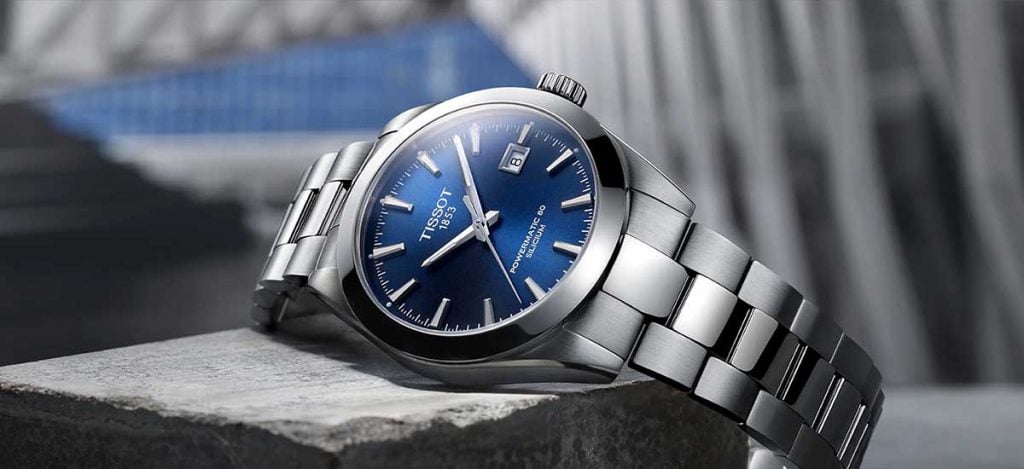
If you are on the lookout for a perfect companion for everyday usage that can offer precision, reliability, robustness, versatility, and timelessness, ( so that your watch would not go out of style within a couple of years), then look no further because the Tissot Gentleman is an ideal multi-purpose watch that is both ergonomic and elegant for any circumstance.
It is suitable for wearing in business environments and can be worn where conventional dress codes apply. It is no news that Tissot has a long tradition of churning out reliable, and finely finished highly affordable watches. It is a part of the swatch group, and despite the affordability, these watches utilize superior industrial tools and are made under quality standards.
This automatic watch is made in such a way as to be powered by the energy of the person wearing it (the wrist’s movement enables the mechanism to run). Gentleman Powermatic 80 movement boasts up to 80 hours of power reserve, which is sufficient to keep on telling time accurately after three days of inactivity. This one was crafted to outperform its competition, whose movements generally provide less than two days of power reserve.
Seiko Presage
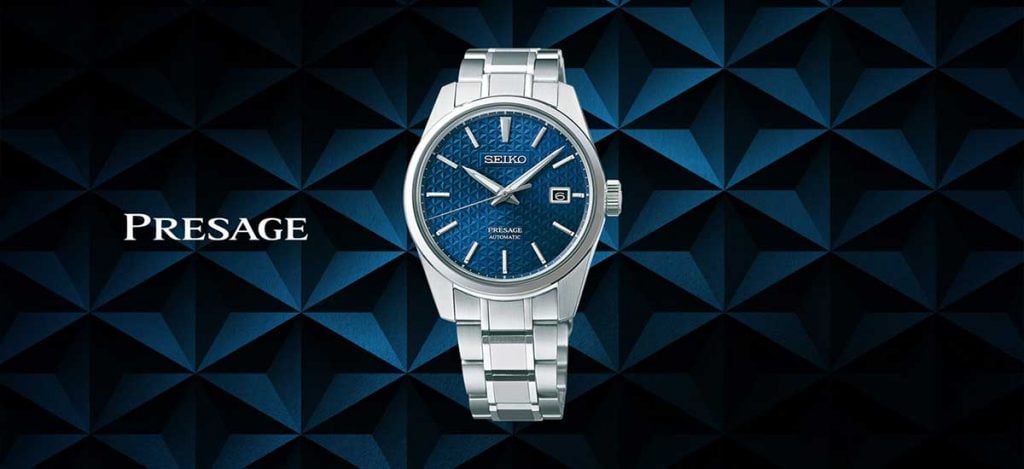
Presage not only combines a Japanese aesthetic sense with traditional craftsmanship but raises the essentials of watch production to the level of art. No doubt, Seiko’s mechanical watchmaking skills are top-notch and offer Japanese beauty, quality, and long-lasting performance in a package that is affordable, durable, and convenient.
True to its form, the Seiko Presage offers one of the most iconical mechanical GMTs on the watch world’s market in its elegantly detailed Presage family. Let’s take a quick look at just how they fare against each other on a closer level.
Tissot Gentleman Powermatic 80 Silicium vs Seiko Sarb033
| Tissot Gentleman | Seiko Presage |
| Every product comes with a 2-year warranty | A two-year warranty applies to all products |
| Price ranges from US$549.99 to US$775.00 | Starting price is around $900 |
| Renowned for its durability and accuracy |
Praised for its traditional craftsmanship that offers long-lasting performance |
| Focused on sports watches | Focused on dress/retro lines |
| Quite Renowned | Also very popular with a global reach |
| Usually ends up holding its value | Can also be used as an investment as well because some models do increase in value |
| Made In Switzerland | Made In Japan |
| Moderately optimized online store | Profoundly optimized online store |
| Founded In 1853 | Founded In 1913 |
| 80-hours power reserve | 50-hour power reserve |
| Movement: Swiss automatic | Seiko caliber 4R35 automatic movement |
| Case & Crystal: Domed scratch-resistant sapphire crystal with anti-reflective time coating | Practical modern look with a bit of retro vintage 1960s appearance. |
| Water-resistant up to a pressure of 10 bar (100 m / 330 ft) | Water-resistant up to a pressure of 10 bar (100 m) |
| More exquisitely refined and luxuriously designed. | Very robust and durable from the start to finish |
Tissot Gentleman PM80 Silicium vs Seiko Presage SARX045
Tissot Gentleman Powermatic 80 Silicium
| Product Specifications | |
| Diameter | 41 mm |
| Thickness | 10 mm |
| Lug Width | 22 mm |
| Strap | Black leather with butterfly clasp |
| Watch Crystal | Sapphire crystal |
| Dial | Black analog dial |
| Hands | Slim index hands |
| Markers | Index markers |
| Style | Dress |
| Movement | ETA |
| Accuracy | Chronometer grade accuracy +/- 5 seconds per day |
| Power Reserve | 80 hours |
| Water Resistance | 100 m |
| Other Features | Date display, exhibition case back |
Pros:
- Great balance of style, versatility, and affordability
- Water resistance of up to 100m
- The dial is protected by a sapphire crystal with an anti-reflective coating.
- Available in green, black, blue, and silver colored dials which all feature a sunburst effect – how cool is that?
- 3 Hz movement with up to 80 hours of power reserve.
- Available either with a leather strap with a folding buckle or a steel bracelet.
- Comes with a warranty of up to two years
Cons:
- Difficult to service.
Seiko SARX045
| Product Specifications | |
| Diameter | 38mm |
| Lug width | 11mm |
| Thickness | ~45mm lug-to-lug |
| Watch Crystal | Sapphire |
| Lume | Indices and hands |
| Strap | Stainless steel |
| Style | Dress |
| Movement | Seiko 6R15 with 23 jewel |
| Accuracy | +25/-15 seconds per day |
| Power reserve | 50 hours |
| Water resistance | 100 meters |
Pros:
- A robust movement that offers hand-winding and hacking
- Very affordable (can be gotten for around $500)
- Versatile ( you can easily dress up and down with just a change in strap)
- Dope Bracelet
- Excellent value for money
Cons:
- Discontinued
What Tissot and Seiko have in common
Both Tissot and Seiko are recognized worldwide for producing high-quality, precise watches. Each has a distinct look and feel with a long history in the watchmaking industry and has both performed impressively, achieving a high level of luxury by employing only the highest quality materials and following a strict design style.
From steel to luxurious leather, both models show off classic luxury in their designs. An automated winding is used by both Tissot and Seiko though Tissot surpasses Seiko with 80 hours of reserve power, the Seiko Presage watch has 40 hours of battery life which is still very impressive.
Tissot and Seiko both have fine quartz watches, so are both thin, but some Seiko models are solar-powered, and will not need a battery change. Lastly, both watches are perfect for everyday use.
Seiko vs Tissot: Durability and Everyday Use
A lot of this comes down to how you plan to wear the watch and which model you choose. For example, I find Seiko’s to be a go-to choice for functionality. However, I’m more of a Tissot fan when it comes to style.
Your point of view will definitely be different, but it’s essential to consider how you actually wear your luxury watches. Are you an avid diver or go to a lot of formal events? These minor questions will help you find some answers to the questions about durability and everyday use.
Seiko is widely known for its detail in craftsmanship. Not only that, but the quality of their materials is also important. While Tissot comes with some pretty decent protection and durability, their designs tend to be more standard. This is in the sense of the usual sapphire crystals and titanium cases.
I find that Seiko likes to give the same amount of attention to every layer of their designs. Between durability and everyday use, I’d say Seiko found that middle ground a long time ago. It isn’t that Tissot can’t achieve this; I just feel it’s rare from my hands-on experience. Based on my years with both of these brands, I like to tell others that Seiko is for durability while Tissot is for fashion.
Frequently Asked Questions
Tissot has watches coming in at under $500. Some of Tissot’s most popular watch brands which are considered entry-level luxury watches include; the Tissot Chrono xl, Tissot Classic Dream, and Tissot Carson among others.
Tissot timepieces have been spotted on the wrists of celebrities like Simon Pegg in the movie Mission Impossible. Angelina Jolie was also wearing a Tissot in the film Mr. & Mrs. Smith and other prominent personalities have made public appearances with the Tissot watch on.
Seiko has also been worn by Arnold Schwarzenegger (in the movie The Predator) and Sigourney Weaver also had a Seiko Speedtimer 7A28-7000, in the movie Aliens. So yes, celebrities do wear Tissot and Seiko watches.
Absolutely. Tissot is devoted to fine workmanship in its watchmaking, and all its timepieces are carefully-wrought with over 150 years of innovation. It comes with great longevity, precise running with profound resistance to magnetic fields, and has an impressive collection of dynamic sports watches, bold diver’s pieces, elegant dress models, trendy chronographs, and even features solar-powered watches.
Yes. Seiko is a luxury watch brand from Japan that has been known globally for precision, reliability and excellence for over 100 years now.
Tissot designs evoke luxury and craft its watches with scratch-resistance sapphire, precious stone glasses, and top-notch materials with a timeless style that could be from any era. For instance, Tissot’s PRX 40 205 was crafted to be a contemporary demonstration of a design from the late 1960s.
Tissot has almost twice as long battery life as Seiko, making it a preferred option if power is what you need.
Disclaimer: As an Amazon Associate, Exquisite Timepieces earns from qualifying purchases made through affiliate links. This helps support our website at no additional cost to you.









